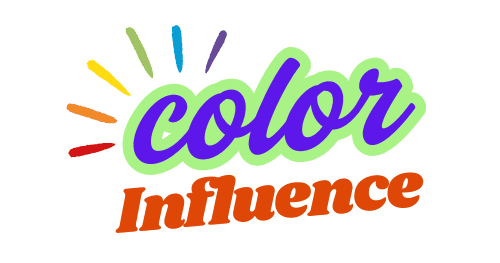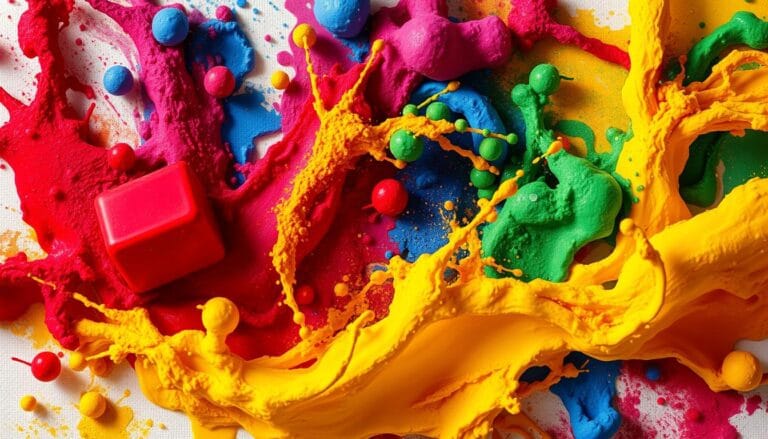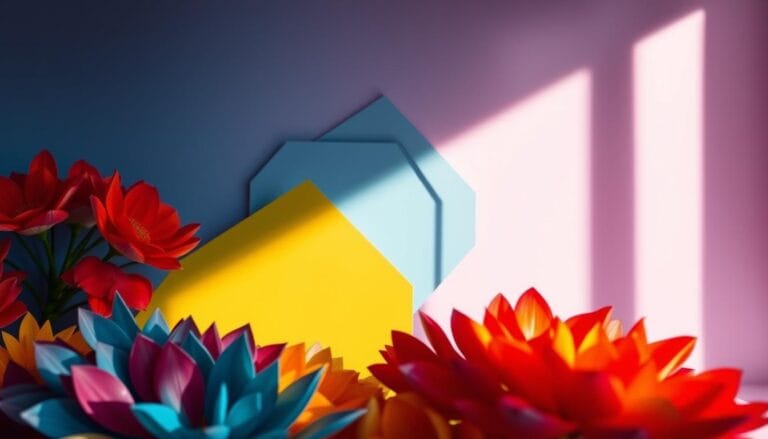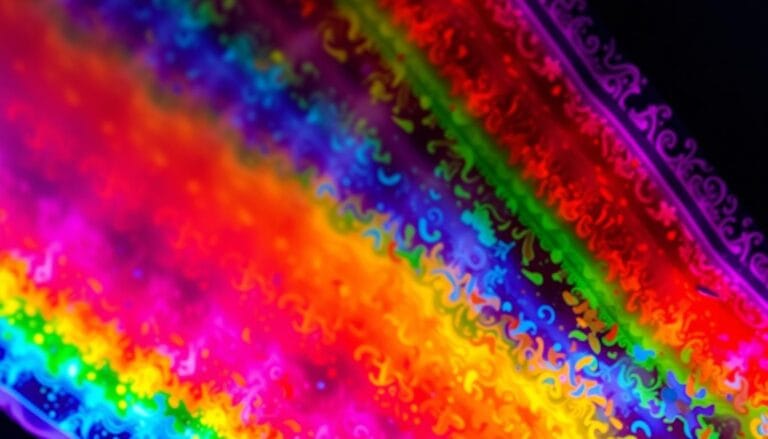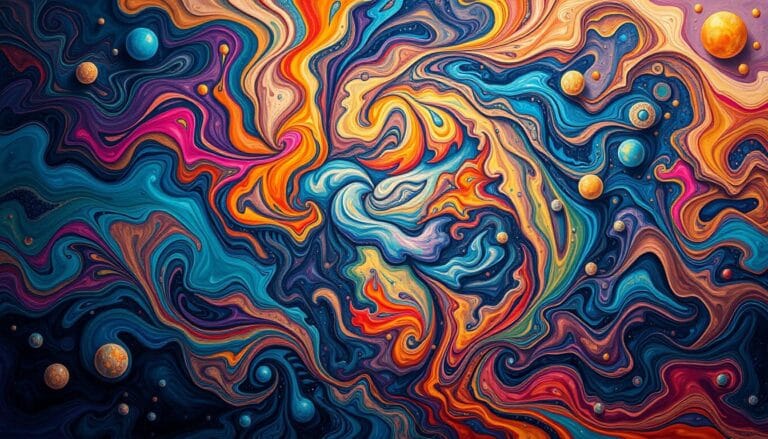How to Make Purple: A Simple Guide to Mixing Perfect Shades
Making purple was more than just mixing colors. It was an art that could make ordinary art special.
Learning to make purple shows you how color theory works. Purple is a secondary color made from red and blue. The key is finding the right mix of colors, where each one adds its own story of color and depth.
Mixing colors is not just a skill. It’s also about feeling and intuition. As you mix purple, you’ll see how small changes can change your art a lot.
Understanding Color Theory Basics and Purple’s Place on the Color Wheel
Color theory is a world of pigments and how they interact. It shows how colors talk to us, blend, and create magic. This magic comes from the way colors are related on the color wheel.
Color theory is like a map for color mixing. Purple is special because it’s made by mixing two primary colors: red and blue.
Primary and Secondary Color Foundations
Primary colors are red, blue, and yellow. They can’t be made by mixing other colors. Secondary colors, like purple, are made by mixing primary colors:
- Red + Blue = Purple
- Blue + Yellow = Green
- Red + Yellow = Orange
The Science of Purple Mixing
Making the perfect purple needs knowing about color bias. Pigments have undertones that change the shade. A blue with a yellow hint makes a different purple than a cooler blue.
| Color Bias | Purple Shade Result |
|---|---|
| Warm Blue Pigment | Reddish Purple |
| Cool Blue Pigment | Bluish Purple |
Color Temperature and Complementary Colors
Knowing about color temperature helps make purple shades that go well together. Complementary colors are key, with purple’s opposite being yellow on the color wheel.
Mastering color theory transforms art from simple color mixing into a powerful expression of emotions.
Essential Materials and Tools for Making Purple
Creating the Ideal Shade of Purple is more than just mixing colors. Your painting techniques and materials greatly affect the final shade and quality. Whether you’re dyeing textiles or using natural dyes, choosing the right tools is key.
For artists working with different mediums, the essential materials vary:
- Acrylic Paints: Choose artist-grade pigments with high lightfastness
- Watercolor Sets: Look for transparent and opaque purple variations
- Oil Paints: Select professional-quality pigments for rich color depth
When mixing purple, you’ll need specific tools to achieve perfect results:
- High-quality palette
- Precise mixing brushes
- Color wheel for reference
- Palette knife for thorough blending
“The right materials lay the groundwork for creating outstanding colors.” – Professional Artist Quote
Artists focused on natural dyes can explore unique purple variations using botanical sources like:
- Lavender flowers
- Elderberries
- Red cabbage
For the best results, invest in professional-grade materials. They offer consistent color performance and excellent lightfastness ratings.
How to Make Purple: The Fundamental Mixing Process
Making the perfect purple is all about mixing colors. The right painting techniques are key to getting the purple shade you want.
Proper Mixing Ratios
Begin with a 1:1 ratio of red to blue for a balanced purple. You can tweak this ratio to get different shades:
- More red makes the purple warmer
- More blue makes it cooler
- Adding white lightens it
- Small amounts of black deepen it
Step-by-Step Mixing Guide
Here’s how to mix perfect purple:
- Choose high-quality acrylic paints
- Pick vibrant red and blue pigments
- Start with equal parts of each color
- Mix well on a clean palette
- Adjust ratios for the shade you want
Common Mixing Mistakes to Avoid
Watch out for these common mistakes:
| Mistake | Solution |
|---|---|
| Muddy purple | Use clean, high-quality pigments |
| Uneven color | Mix thoroughly and consistently |
| Incorrect bias | Choose complementary color temperatures |
“Purple is more than a color; it’s a journey into artistic expression.” – Color Theory Expert
Practice makes perfect. Try different mixing colors and techniques to find your unique purple palette.
Best Color Combinations for Vibrant Purple
To create the perfect purple, you need to know about pigments and painting techniques. These help add depth and vibrancy to your colors. Not all color mixes work well for purple shades.
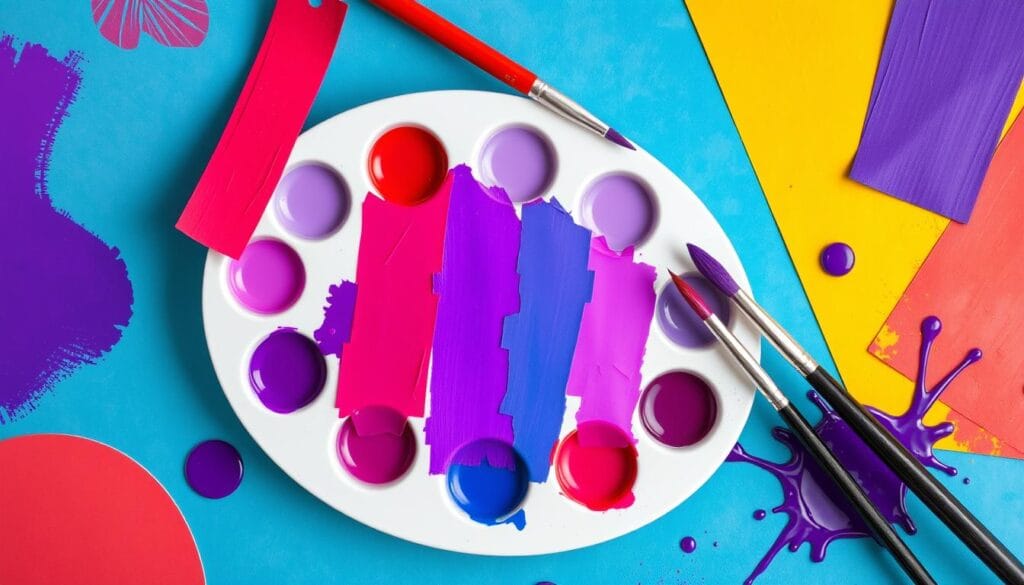
Professional artists suggest some top pigment mixes for vibrant purple:
- Ultramarine Blue + Quinacridone Magenta (equal parts)
- Ultramarine Blue + Permanent Rose
- Ultramarine Blue + Alizarin Crimson
When mixing purple, think about the color’s temperature and bias. Warm reds mixed with cool blues make the most vibrant purples. It’s all about finding the right balance for the intensity you want.
“Purple is more than just a color—it’s an emotional journey that brings your artwork to life.” – Color Theory Expert
Color Harmony Strategies
Color experts say to try complementary and analogous colors to boost your purple palette. Here are some great pairs:
- Purple with lime green for high-energy contrast
- Soft lavender paired with sage green for calming effects
- Deep purple alongside bright orange for dramatic impact
Your painting techniques shape the purple’s character. Be bold and follow your artistic gut!
Creating Different Purple Shades and Tones
Learning how to make purple is all about mastering color mixing. It’s a skill that artists, designers, and DIY fans can all enjoy. To get the perfect purple, you need to be precise and creative.
Crafting Light Purple and Lavender
To make light purple and soft lavender, follow these steps:
- Begin with a mix of blue and red
- Add white slowly to lighten it
- Make small changes for better control
Patience and delicate adjustments are the secrets to achieving perfect lavender.
Developing Dark Purple and Plum Shades
For deep, rich purple shades, you need a different mixing method:
- Use more blue for cooler dark purples
- Add a little black to deepen it
- Don’t mix too much to avoid a muddy look
Mixing Muted Purple Tones
For elegant, muted purple shades, try these dye methods:
- Add a bit of yellow to soften it
- Try blending with complementary colors
- Keep trying different mixes to find your favorite
Good color mixing comes from knowing color theory, practicing, and being open to trying new things. It’s all about finding the right balance and experimenting.
Understanding Color Bias in Purple Mixing
Color theory opens a world of pigments and their complex interactions. Mixing purple requires understanding color bias for vibrant, precise shades.
Color bias shows the natural hue tendencies in pigments. Not all blues and reds mix the same when making purple. Some colors have hidden undertones that change your final color.
- Blue pigments can lean towards red or yellow
- Red pigments might have blue or orange undertones
- Warm and cool color biases significantly influence mixing results
When picking pigments for purple, choose colors with complementary biases. Ultramarine Blue with a red bias pairs wonderfully with a cool red, making rich, saturated purple tones.
Experts suggest practicing to understand color bias. The six-point color wheel helps tell warm from cool colors. This makes mixing more precise.
| Color Type | Bias Characteristics | Mixing Potential |
|---|---|---|
| Ultramarine Blue | Red bias | Vibrant purple mixes |
| Cerulean Blue | Yellow bias | Muted purple results |
| Cadmium Red | Blue undertone | Clean, bright purples |
Getting good at color bias takes time. Try different pigment mixes to improve your purple-making skills.
Tips for Avoiding Muddy Purple Results
Making vibrant purple can be tough. Color theory is key to avoiding dull purple shades. It’s all about understanding how to mix colors right.
Common Pitfalls in Purple Mixing
Artists face many challenges when mixing purple:
- Using colors with conflicting color bias
- Overmixing pigments
- Selecting impure or low-quality paint
- Introducing unwanted yellow undertones
Troubleshooting Purple Color Problems
To steer clear of muddy results, follow these tips:
- Choose high-quality pigments with clean color profiles
- Mix colors gradually in small increments
- Use cool reds like Quinacridone Magenta
- Pair with warm blues such as Ultramarine Blue
Quality Control Methods
“The key to creating vibrant purple lies in understanding color relationships and being precise in your mixing.”
Professional artists suggest these quality control tips:
- Test mixed colors on a spare canvas
- Use a color wheel for reference
- Clean brushes between color mixing
- Work in natural light for accurate color perception
By mastering these color theory tips, you’ll make stunning purple shades with ease.
Advanced Purple Mixing Techniques for Artists
Take your painting to the next level by learning advanced purple mixing. Professional artists know that creating colors is more than just blending. They use special techniques to make rich, vibrant purple shades.

Advanced purple mixing is all about choosing colors wisely and being creative:
- Split complementary color strategies
- Metallic pigment incorporation
- Custom palette development
- Atmospheric color variation
Artists can make their purple mixing stand out with special techniques. Split complementary methods help you create deep purple shades. You do this by picking colors next to the direct complement, adding depth to your art.
Mastering the art of mixing purple involves understanding the subtle interactions between colors and the unique properties of pigments.
Here are some advanced ways to make stunning purple shades:
| Technique | Color Interaction | Visual Effect |
|---|---|---|
| Metallic Pigment Blending | Add titanium or pearl pigments | Luminous, shimmering purple |
| Layered Glazing | Transparent color application | Depth and complexity |
| Optical Mixing | Strategic color placement | Vibrant, dynamic purple |
Try out different painting techniques to find your own unique purple style. This will show off your artistic vision.
Applications and Uses of Different Purple Shades
Purple is very versatile in many creative and professional areas. It’s used in textile dyeing, food coloring, and painting. This color adds beauty and emotion to different projects.
Artists and designers use purple in many ways. It ranges from bright magentas to soft violets. This makes it perfect for a wide range of projects.
Creative Applications of Purple
- Fine Art Painting: Intricate portraits and sweeping outdoor murals
- Textile Design: Creating rich, colorfast fabric designs
- Food Presentation: Enhancing visual appeal and flavor perception
- Branding and Marketing: Communicating luxury and creativity
Color Characteristics
| Purple Shade | Lightfastness | Transparency |
|---|---|---|
| Medium Violet | Opaque | High Coverage |
| Quinacridone Magenta | Transparent | Subtle Blending |
| Quinacridone Violet | Transparent | Layered Effect |
In textile dyeing, purple is very versatile. Designers pick certain shades for amazing fabric designs. These designs can be bold or elegant.
“Purple turns everyday spaces into remarkable experiences.” – Color Design Expert
Food coloring has grown a lot. Natural purple dyes from black carrot, blueberry, and hibiscus are healthier. They keep food looking vibrant and can even change how it tastes.
Knowing how to use purple can make your creative work better in many areas.
Conclusion
Learning how to make purple is more than just color theory. It opens a world of creative expression. You now know how to mix colors, creating vibrant purple shades for any project.
These techniques are not just about blending colors. They require precision, practice, and understanding color interactions. Whether you’re making soft lavender or deep plum, you can experiment with confidence.
Color mixing is a skill that grows with practice. The more you create purple, the better you’ll get. Don’t hesitate to try new pigments, ratios, and techniques. Your art will change with every color mix.
Keep trying new things, stay curious, and enjoy the beauty of purple. Your artistic journey is just starting. Color mixing offers endless creative possibilities.
FAQ
What are the primary colors used to make purple?
Purple comes from mixing red and blue, two primary colors. The purple shade changes based on the mix ratio and pigments used.
Can I make purple using natural dyes?
Yes, natural dyes like beetroot, lavender, and blackberries can make purple. Iris and violet flowers also work well for textile dyeing and art.
How do I avoid creating a muddy purple when mixing colors?
To avoid muddy purple, use colors with the right color bias. Choose high-quality pigments and mix carefully. Stay away from complementary colors that cancel each other out.
What’s the difference between cool and warm purple?
Cool purples have blue undertones, looking bluish. Warm purples have red undertones, looking reddish. The type of purple depends on the pigments and mix ratio.
Can I make purple in different art mediums?
Yes! Purple can be mixed in acrylics, watercolors, oils, dyes, and even food coloring. Each medium has its own technique, but mixing red and blue is the key.
How do I create lighter shades of purple?
For lighter purple or lavender, add white to your purple mix. Start with a little white and mix well, adding more until it’s light enough.
What pigments work best for vibrant purple?
Ultramarine Blue and Quinacridone Magenta are top choices for vibrant purple. These pigments offer great color and mixing properties.
How can I adjust the intensity of my purple?
Change the purple intensity by adjusting the red to blue ratio. Add white for lightness or small amounts of complementary colors for deeper tones.
Are there cultural meanings associated with purple?
Purple has long been linked with royalty, luxury, and creativity. It can also mean spirituality, nobility, or art in different cultures. The meaning depends on the context and culture.
Can I mix purple for food coloring?
Yes, mix red and blue food dyes to make purple. For natural purple, try using purple sweet potato, blueberries, or butterfly pea flower in cooking.
